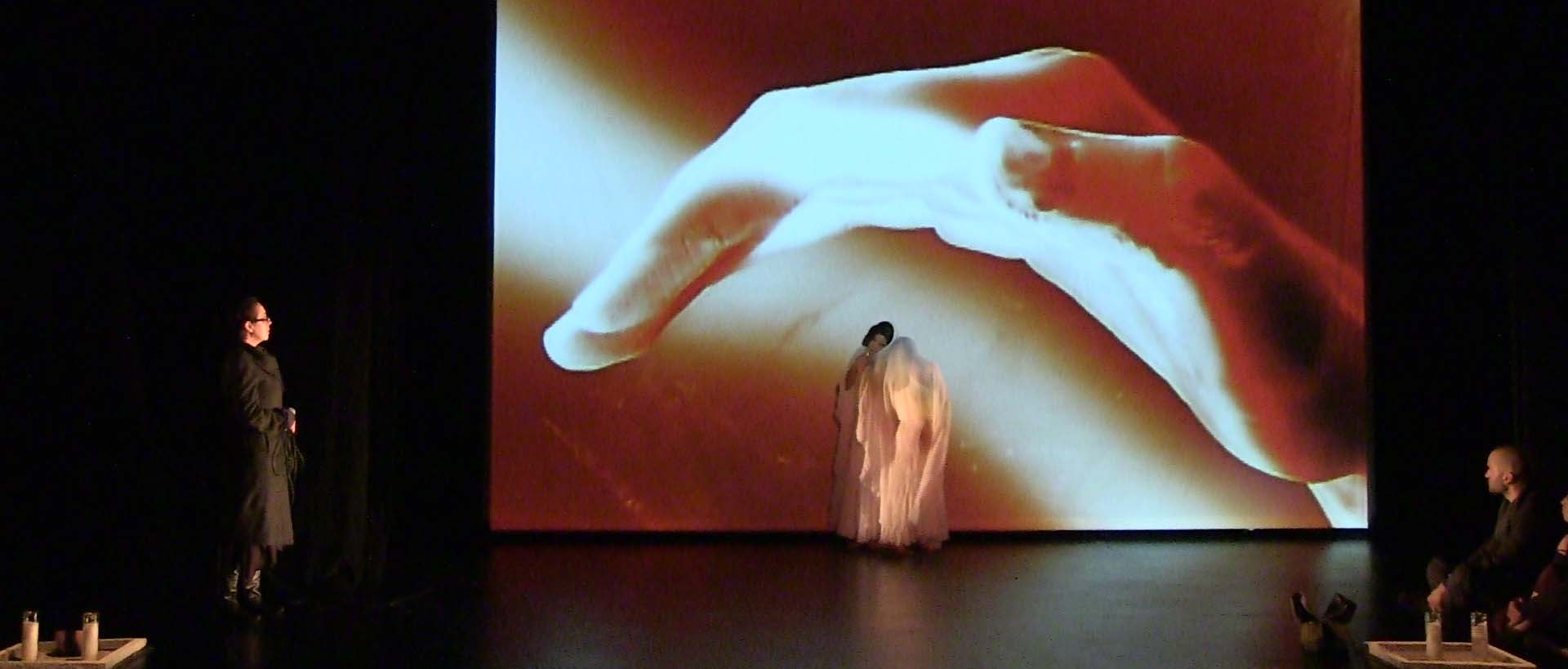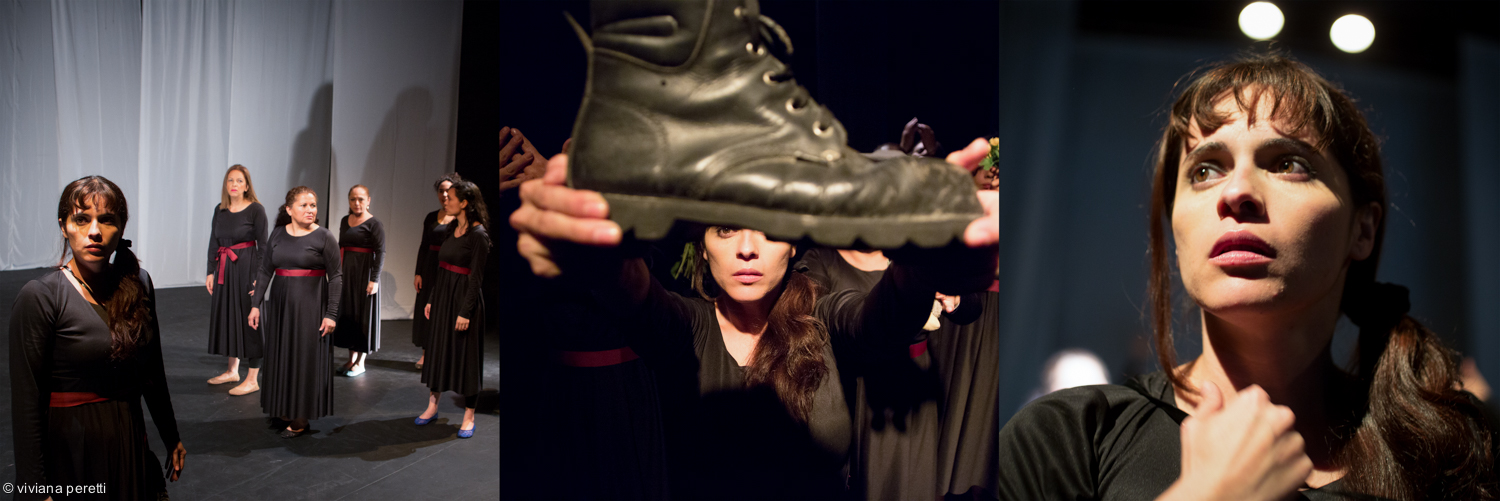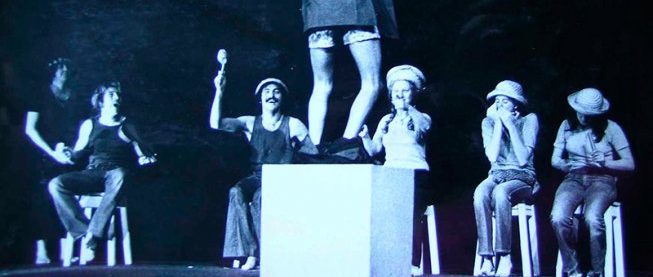Curating the panamerican perspective by Beatriz Pizano
August 25, 2016
I love international festivals. As a theatre artist these are vital to my artistic well-being and growth.
From independent political theatre to the large-scale productions, from master classes to conferences, these gatherings bring artists and audiences under one roof to share their visions and perspectives about the world. In these artistic spaces we converse with the world beyond the borders of our countries and our cultures.

So when we first produced RUTAS panamericanas in 2012, our dream was to introduce Toronto audiences and artists to the rich theatrical traditions south of the border.
Festivals breathe life into our city. They introduce it to global perspectives while allowing others to become aware of Toronto. I have witnessed the power of art in festivals such as the Iberoamericano and the Alternativo in Bogotá, Colombia, where its citizens partake in the celebration, drawing tens of thousands to the theatre, and creating numerous business opportunities every year.
Our curatorial theme for RUTAS this year is: How do we frame our understanding of each other and our histories? The works and artists we have invited to be part of this third edition are truly exceptional. These artists are builders of communities in a number of ways.
Antigonas Women’s Tribunal has been an important theatrical voice in the peace talks in Colombia. These artists wanted to make sure that Colombian women were part of the recently signed Peace Treaty that ended a 50+ year-old armed conflict. In fact, one of their cast members, Luz Marina Bernal, is one of this year’s Nobel Peace Prize Nominees.

Two of our presentations are Indigenous re-visionings of Shakespeare that speak to pressing conversations about the place of language – both its loss and appropriation – in colonization. Hamlet of the Andes – told through Spanish and Quechua – sees Hamlet as a Bolivian man whose modern sensibility is in conflict with his ancestral values: reflecting the plight of many Bolivians migrating from the countryside to the cities. Native Earth Performing Arts (NEPA) special Maori guest, Te Rēhia Theatre, brings SolOthello, which opens with “Shakespeare was a thief”, and treats Othello as a Maori story!
SolOthello’s performer and creator, Regan Taylor fell in love with Commedia del Arte masks and forms while studying theatre, becoming so enthused that he asked himself, “What if these masks spoke te reo maori?” This initial idea then became “What if the walls of our Wharenui came to life and began to speak to us?”
We were delighted when NEPA’s artistic director Ryan Cunningham suggested this Maori work. For both our companies, the conversations about truth and reconciliation and the recognition of the first peoples around the world, is at the core of what we do. SolOthello permits us to continue the conversation beyond our borders.
RUTAS also brings artists who relentlessly transform the experience of living in diaspora across many artistic forms:
Works such as Undefined Fraction, Loco7’s take on Calderon de la Barca’ Life is a Dream, ask questions about the self in today’s USA with their astonishing puppets and the dance choreography of Federico Restrepo.
If Silence Knew, Cristina Castrillo’s study on language in the form of a performance without words, follows four decades of a life on stage.

In Broken Tailbone, Carmen Aguirre translates a history of revolution with her body in an unforgettable dance lesson with the audience.
ImShift, by Victoria Mata and Alejandra Higuera, draws upon movement and multi-media collage to create a poetic physical and mental space for the border.
The festival is also thrilled to invite one of Toronto’s oldest and wisest companies from the Caribbean Diaspora, b current, to take us through 25 years of their history.
When I think of the panamerican art (and we intentionally create our own spelling of the word), I’m talking about inclusion, language rights, and colonization. We are not interested in creating yet another “border” definition, rather we are excited by building a North-South Americas-centric perspective; discovering endless artistic possibilities where our art welcomes a multitude of languages and cultural roots, and where we can build intercultural diasporas that work together rather than box ourselves into isolated groups. Our ultimate goal is transformation through the arts.
Toronto is home to a multitude of languages which are beginning to enrich this city’s cultural fabric – and RUTAS panamericanas is delighted to bring to our city works that fully represent other worlds and cultures. The source of our abundance on this continent is our diversity. Our differences. This is what excites me about the festival this year. We are once again, saying YES to all the possibilities.
